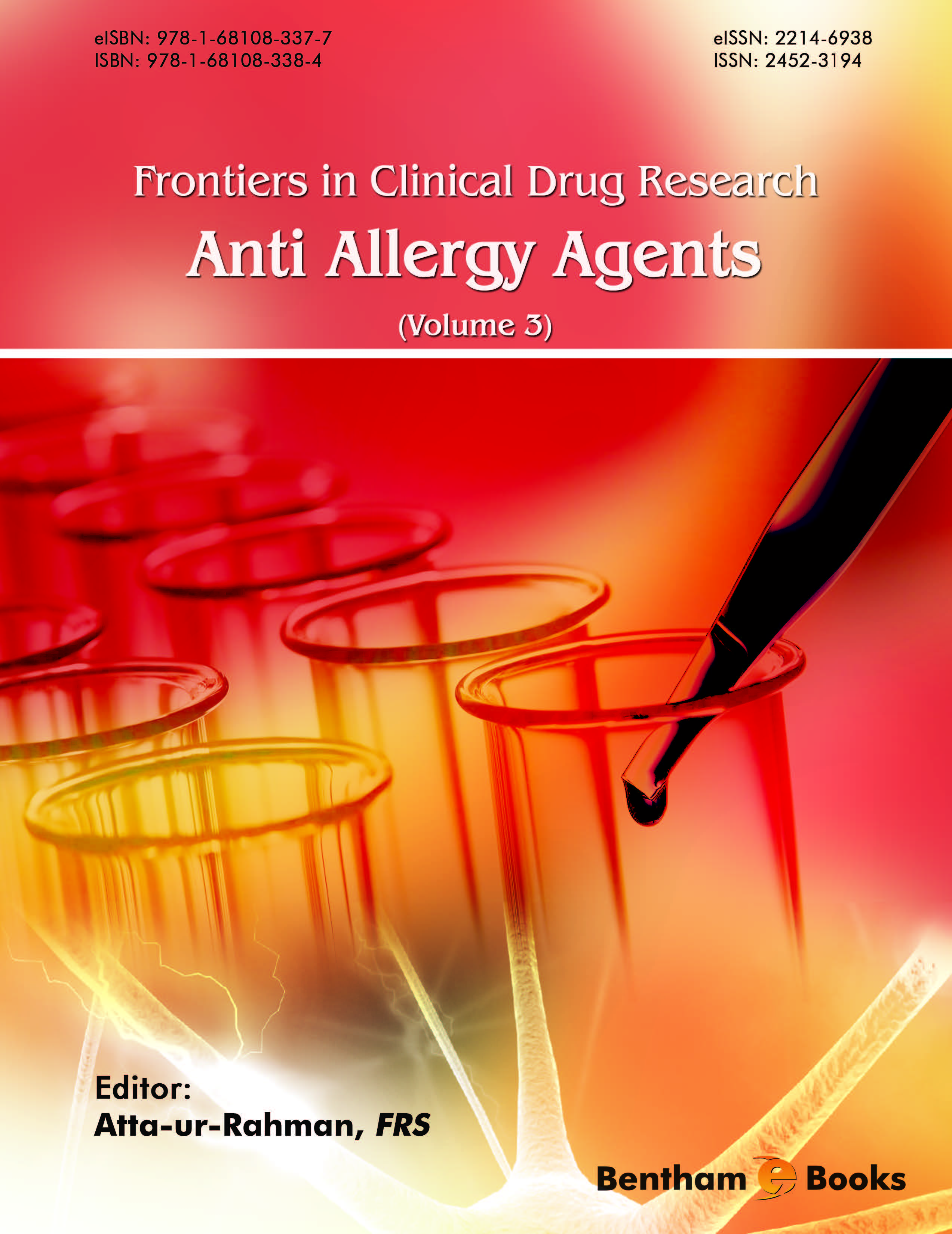Introduction
Frontiers in Clinical Drug Research - Anti-Allergy Agents
is a book series comprising of a selection of updated review articles relevant to the recent development of pharmacological agents used for the treatment of allergies. The scope of the reviews includes clinical trials of anti-inflammatory and anti-allergic drugs, drug delivery strategies used to treat specific allergies (such as inflammation, asthma and dermatological allergies), lifestyle dependent modes of therapies and the immunological or metabolic mechanisms that are of interest to researchers as targets for new drugs.
The third volume of this series brings 5 reviews which cover the following topics: H1 receptor selectivity, chronic spontaneous urticaria therapy, smooth muscle cell Ca2+ signaling pathway targeting for asthma therapy, allergic rhinitis and endosomal toll-like receptors.
Frontiers in Clinical Drug Research - Anti-Allergy Agents
will be of interest to immunologists and drug discovery researchers interested in anti-allergic drug therapy as the series provides relevant cutting edge reviews written by experts in this rapidly expanding field.

